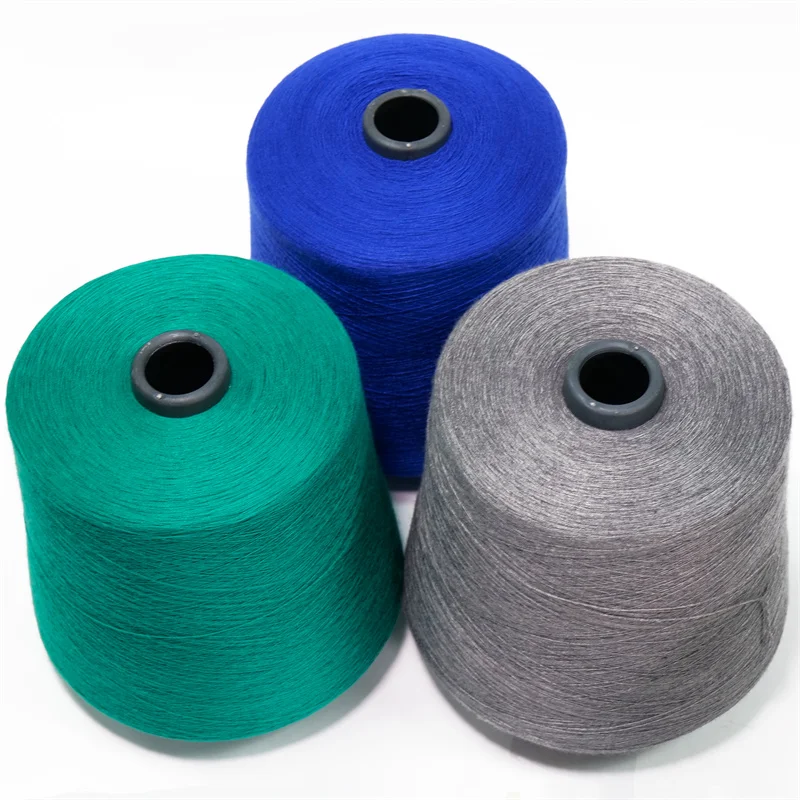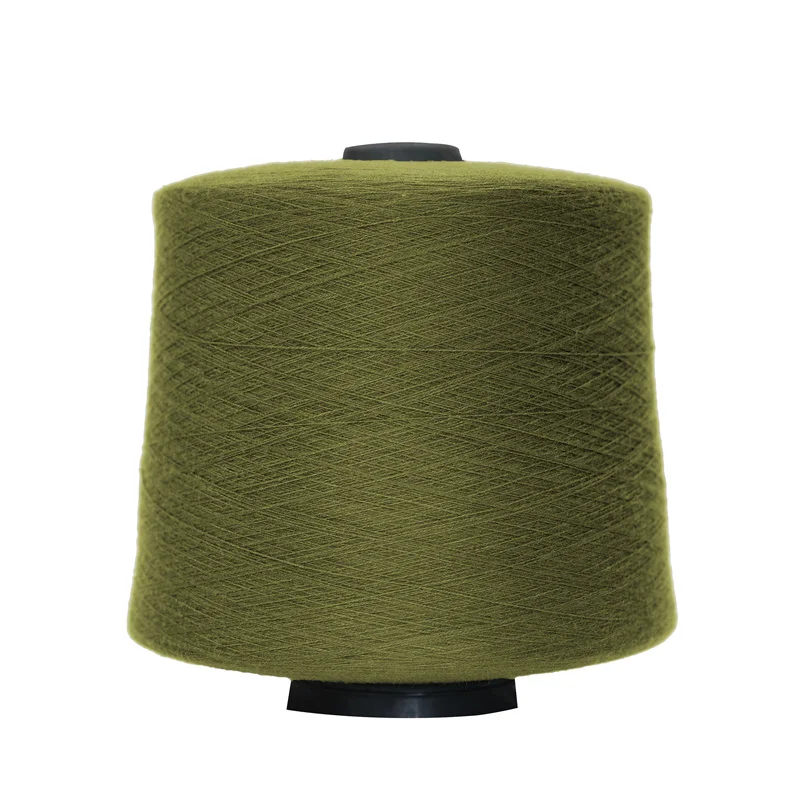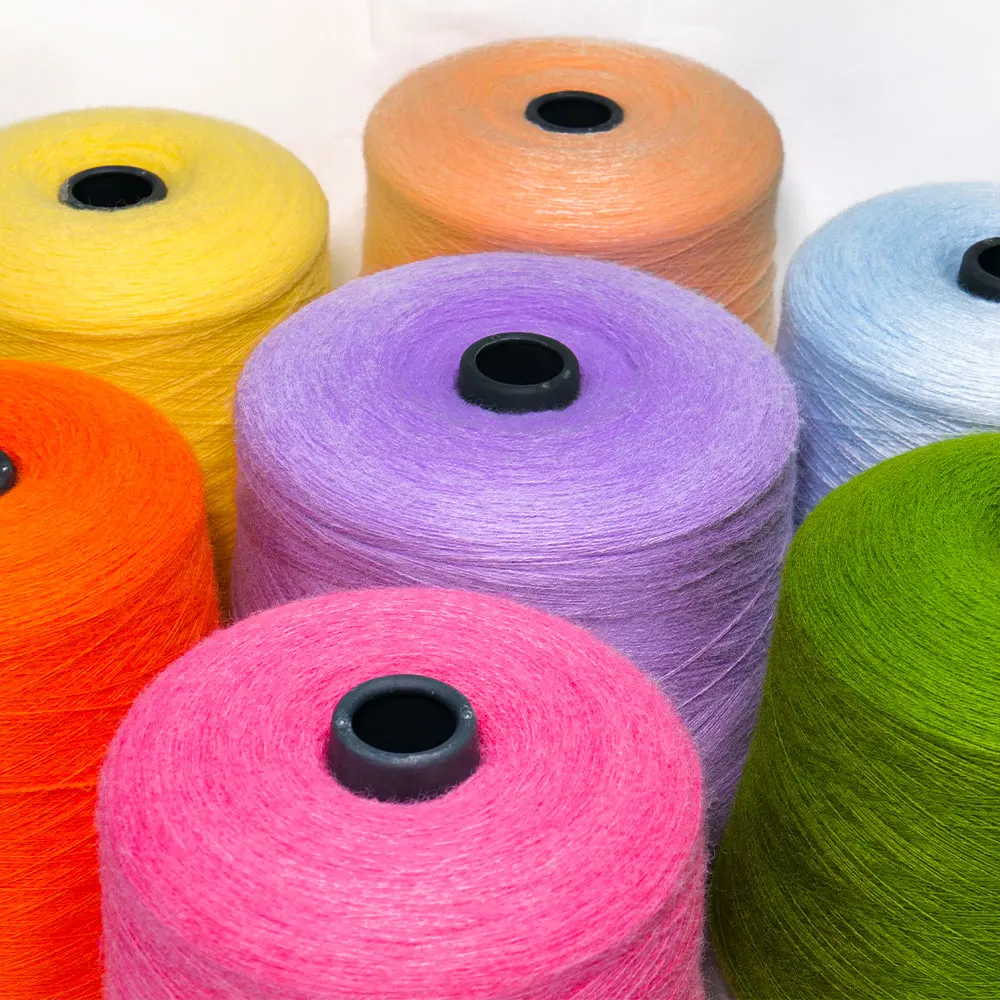Rayon has a fascinating history that dates back to the late 19th century. Originally developed as an alternative to silk, it was born out of a need for a cheaper and more versatile textile during a time when silk was in high demand but hard to access for the masses. By using wood pulp as a raw material, scientists and industrialists were able to create a fabric that mimicked the luxurious qualities of silk. Significant milestones include the commercial production of rayon by Count Hilaire de Chardonnet in the 1890s, often dubbed the "father of rayon." Over time, technological advancements have made rayon easier to produce and more environmentally friendly. Today, it's a major player in the textile industry with millions of tons produced annually, highlighting its importance as both a fashion staple and a textile innovation.
In the realm of textiles, the terms 'rayon' and 'viscose' are often used interchangeably, leading to common misconceptions. However, subtle differences exist primarily in their manufacturing processes. Rayon is a broad category of regenerated cellulose fiber, which encompasses viscose as one of its types. While both are derived from wood pulp, the viscose process incorporates a distinct method using sodium hydroxide and carbon disulfide, resulting in unique fiber characteristics. The question of "is viscose the same as rayon" is technically nuanced but crucial for understanding their applications. For instance, rayon's versatility is often seen in proprietary blends, adding softness to materials like polyester and nylon, commonly used in fabrics for clothes requiring enhanced drapability and lustrous appeal.
Rayon yarn is celebrated for its exceptional softness, luster, and draping abilities. These physical characteristics make it a preferred choice for garments like dresses and blouses that emphasize flow and movement. Rayon is known for its high absorbency, outperforming fibers like cotton when it comes to moisture retention. A study on textile performance measured that rayon absorbs 50% more moisture than cotton, proving its superior performance in humid conditions. Additionally, rayon's breathability makes it a staple in fashion, especially in warmer climates. Market analysts, like those from Statista, have noted that the demand for rayon textiles remains strong due to these attributes, with an increasing number of designers incorporating it into their collections to achieve desired aesthetic and tactile effects.
Rayon yarn offers a luxurious softness that significantly enhances consumer comfort across a variety of clothing types. Its silk-like feel makes it an ideal choice for garments where comfort is key, such as loungewear and summer apparel. Recent fashion expert reviews consistently highlight rayon's superior comfort, noting its advantage over other fibers like polyester, which tend to be less breathable. Lounging at home or facing the heat of summer, rayon provides a breathable comfort that many surveys have revealed is a priority for consumers seeking maximum relaxation.
Rayon's exceptional drape is a game-changer in modern fashion design, allowing for the creation of fluid and elegant silhouettes in garments like dresses and blouses. This quality was often featured in recent runway shows, where designers showcased the flow and grace that rayon lends to clothing. According to numerous fashion designers, rayon is pivotal in experimenting with garment construction, enabling a dynamic range of motion and flexibility, which are critical elements in today's stylish attire. Such attributes make rayon a preferred material among designers crafting garments with visual appeal.
The moisture-wicking properties of rayon make it an excellent clothing fabric, especially in humid climates. Rayon fabrics efficiently absorb moisture, keeping the wearer dry and comfortable throughout the day. Studies have shown that rayon's moisture management is more effective than cotton and synthetic fibers, positioning it as a suitable fabric for activewear and summer collections. This capability makes rayon garments particularly popular among consumers in regions prone to heat and humidity, ensuring comfort and functionality in challenging weather conditions.
Rayon stands out for its eco-friendly potential due to its plant-based origins, primarily sourced from renewable wood pulp. Its sustainable nature, coupled with certifications and industry standards, recognizes rayon as a greener textile alternative. With the growing demand for sustainable fashion, as evidenced by global market trends, rayon and other plant-based fibers are gaining traction as eco-conscious choices. This shift toward sustainability underscores the importance of environmentally responsible textiles in addressing consumer preferences and reducing ecological impact.
Rayon yarn is an excellent cost-effective alternative to luxury textiles like silk, offering similar aesthetic qualities without the high price tag. Pricing trends indicate that rayon maintains quality while being accessible to a broader audience, making high-style fashion available without straining the budget. The affordability of rayon allows brands to produce garments that exude elegance and luxury, democratizing fashion for more consumers. This positions rayon as a valuable textile in the fashion economy, where cost efficiency and style intersect to meet market demands.
This innovative yarn blend combines PBT and rayon to enhance the tactile feel of knitwear, offering a soft-touch experience. The integration of PBT with rayon not only preserves the luxurious softness typically associated with rayon but also improves the durability and elasticity of the fabric, making it exceptional for use in knitwear. An example of such a product is the OEM Soft-Touch PBT Mixed-Color Core Spun Yarn 2/48Nm, known for its soft, smooth, and anti-pilling properties, making it ideal for sweaters and other comfortable garments.

The high stretch capabilities of this yarn blend make it an appealing choice for activewear and casual clothing. Blending VPN with PBT results in a yarn that maintains its shape while offering superior elasticity, crucial for garments that demand flexibility and durability. As seen with the High Stretch Core Spun Yarn: VPN PBT Blended, 28S/2 Specification, this yarn is celebrated for its robust, anti-pilling nature, making it a favorite in the market for sportswear and flexible fashion pieces.

Multi-color yarns offer a vibrant aesthetic, vital for meeting consumer trends in stylish and colorful clothing. The blend of acrylic, PBT, and nylon provides a robust structure that exhibits both vivid colors and resilient performance. Products like the 18S/2 Multi-Color Blended Dyed Yarn exemplify how these multi-color yarns can elevate the visual appeal of knitwear, dramatically enhancing the final product's design and desirability in the market.

When it comes to eveningwear, choosing the right fabric can make a significant difference in how a garment drapes and fits. Rayon is often compared to silk due to its similar flow and luxurious feel, yet there are distinct differences between them. Rayon offers a slightly stiffer drape, which can provide structure to a gown, whereas silk is known for its fluidity and natural sheen, providing a more elegant flow. Fashion experts tend to favor silk for ultra-luxurious pieces, while rayon is appreciated for its affordability and silk-like appeal. A fashion critic noted that while silk “hugs the body beautifully,” rayon provides a versatile option for designers looking to balance quality with budget constraints.
In the realm of activewear, moisture management is a key factor that influences both comfort and performance. Cotton is praised for its softness and breathability but tends to retain moisture, which can lead to discomfort during intense physical activities. On the other hand, rayon, which is commonly blended into athletic garments, offers superior moisture-wicking properties compared to cotton. Industry studies indicate that rayon can channel moisture away from the skin, keeping the wearer dry and comfortable. This characteristic makes rayon an appealing choice for sportswear brands aiming to enhance athletic performance, based on consumer feedback and market trends that highlight rayon’s practicality in high-intensity settings.
In today's environmentally conscious market, sustainability is paramount when choosing textiles. Rayon, derived from wood pulp, often faces scrutiny for its production process, which can be chemically intensive. In contrast, bamboo textiles are frequently touted as a greener alternative due to their rapid growth cycle and lower pesticide requirement. However, the transformation of bamboo into a usable fabric can also involve significant chemical processing, questioning its eco-friendly claims. Comparative data suggests that both rayon and bamboo manufacturing have environmental impacts, but it ultimately depends on the methods used by manufacturers. Echoing authoritative insights, it is crucial to evaluate each fiber’s sustainability profile, including sourcing and processing practices, to make informed decisions.
Taking care of rayon and its blends requires specific washing techniques to maintain the quality and longevity of the garments. It is crucial to follow a step-by-step guide to preserve these fabrics. Firstly, always review the care labels attached to your clothing as they provide essential information on how to wash rayon items appropriately. Opt for a gentle machine wash cycle, ideally using cold water, and utilize a mild detergent that's suitable for delicate fabrics.
Additionally, the use of a mesh laundry bag can protect the fabric from friction and reduce the chances of pilling, which rayon is susceptible to. By adhering to these techniques, your rayon garments can maintain their appearance and feel much longer, preserving their unique qualities.
Proper storage is vital for preventing fiber degradation in rayon garments caused by light and humidity exposure. It is beneficial to store rayon clothes in a cool, dry place away from direct sunlight. Utilize breathable garment bags when storing in closets, as these allow airflow while protecting from dust and pests.
For folding and hanging, always ensure rayon items are neatly folded or hung on padded hangers to maintain their shape and prevent creases, which can become permanent if left unmanaged. Employing these storage solutions will significantly aid in prolonging the lifespan of your rayon-based fashion items, ensuring they remain in pristine condition.
Rayon fabric often faces specific issues such as fraying and staining, but these can be tackled effectively using various repair techniques. Fraying edges can be mended with careful stitches using matching thread or fabric glue for a seamless finish. For stains, it is recommended to blot the area gently with a clean cloth and avoid rubbing, which can spread the stain further; a mild detergent solution can be applied for effective stain removal.
Experts often suggest performing a spot test on a hidden area of the garment before attempting any repair. By following these expert tips and DIY methods, you can maintain your rayon garments' look without compromising their quality.